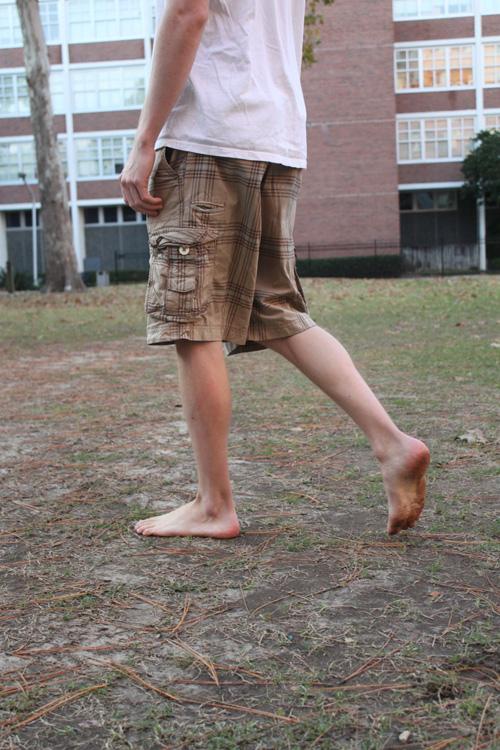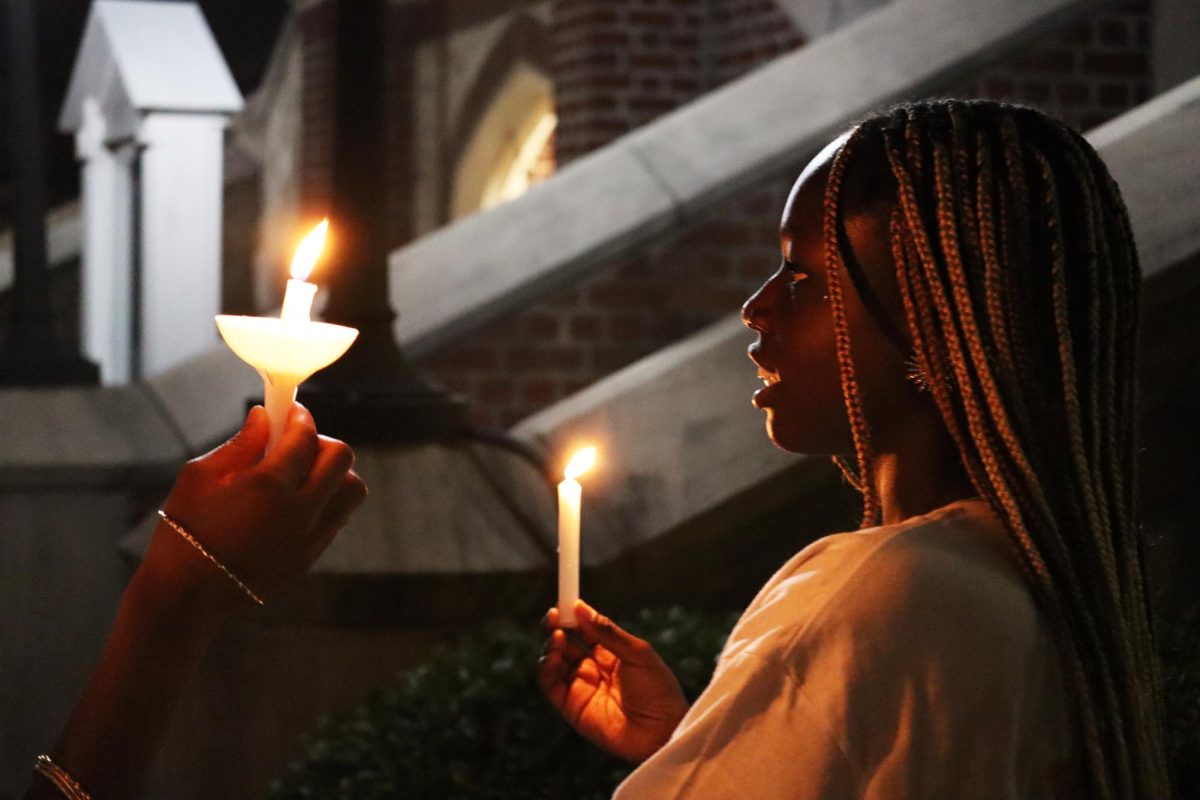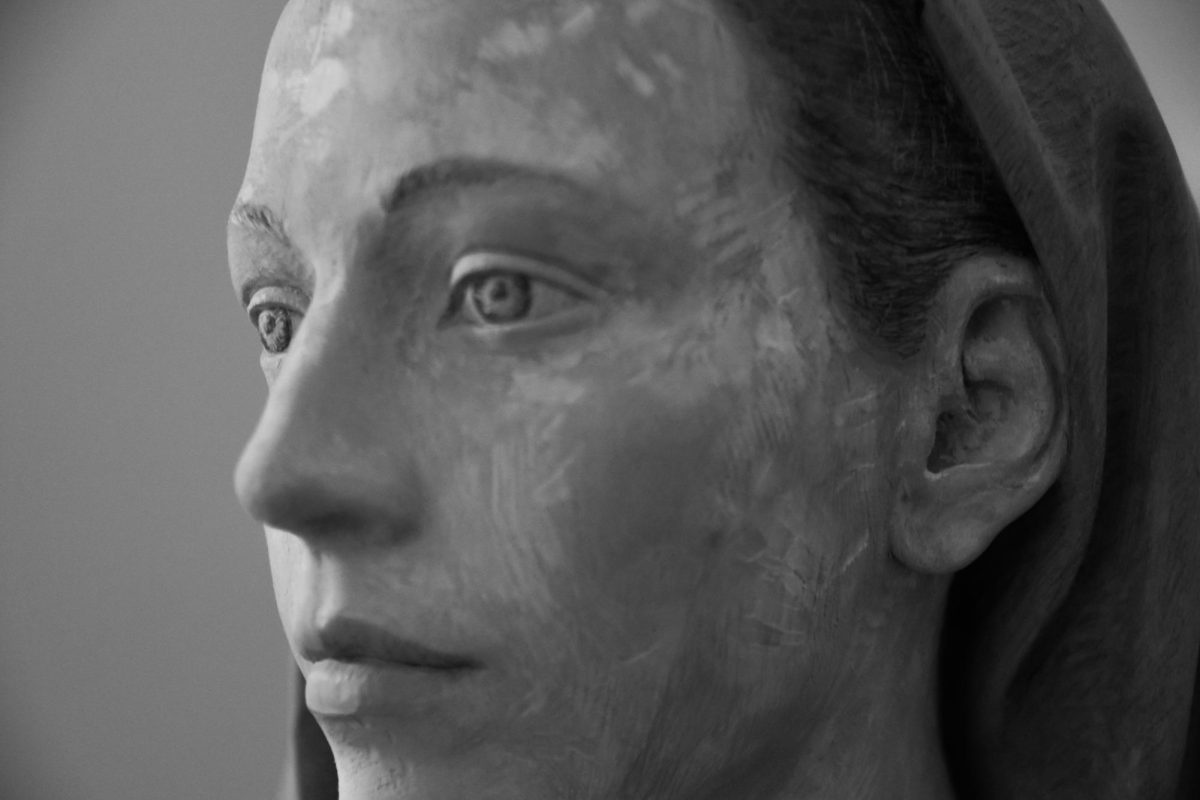Chad Landrum thinks he is the first person to set a bare foot on Loyola’s campus.
“My freshman year, I was the only barefoot person on campus as far as I am aware. By my sophomore year there were a few others; some of them were inspired by me to start barefooting,” said Landrum, a medieval studies junior.
Landrum said that his barefoot lifestyle began during his freshman year when there was a lot of rain during one week in the winter.
“I decided that instead of soaking my shoes and socks, I would just take them off. Now the truth is, I never liked shoes to begin with, and after going without them for about a week I just kept doing it,” Landrum said. “I just let my feet be, I mean I wasn’t born with shoes on. Being barefoot is just natural to me.”
Landrum set an example, and as time passed, he saw his choice to go barefoot adopted by others.
Landrum is able to go barefoot around Loyola and has only experienced a small cut once or twice.
However, around the city, shoes are required for service, and he said the streets are not as clean or safe to go on without shoes.
Landrum is currently studying abroad in Murcia, Spain. He has yet to go barefoot due to the quality of the streets.
The number of Loyola students who choose to go barefoot has increased in the past few years, and the reasons vary according to the individual.
Music education junior Kenny Tsao is on the cross-country team. Tsao said he finds running barefoot the most efficient way to stay injury-free. He said that after hearing, “Oh my God, Kenny, you’re wearing shoes!” that he does not enjoy being associated with the barefoot culture.
“I always wear shoes. Except when I run, and I have a good reason–to keep running. I don’t even like being called a barefoot runner,” he said.
Tsao found himself running into a couple of injuries when he began to go barefoot.
“I’ve gotten many blisters when I first started and very bad ones one time after a half marathon. I’ve also gotten overuse injuries from pushing myself too hard too quickly and not being careful,” Tsao said.
Now that he has gotten used to running long distances without shoes, Tsao said he has noticed that his feet have gotten wider and that he cannot stand to wear shoes with much heel support.
Tsao isn’t the only barefooter who resorts to footwear on occasion.
“I admit that sometimes I give up and wear socks and shoes. In fact, for December and most of January last year I wore shoes. The heat does not bother me; my feet became accustomed to it rather quickly, so hot pavement does not affect me,” Landrum said.
Cameron McCormick, physics sophomore, said he has only had one serious injury.
One day, he decided to give a barefoot run through Audubon Park a try.
“I had been going for a good 100 meters or so, when I began to feel a sharp pain. Looking down, I saw the bottoms of my feet were covered in blood, at which point the pain really began to set in…the only problem was that I had reached the absolute opposite end of Audubon before I realized I was bleeding. Needless to say, I don’t run barefoot anymore,” he said.
A recent study done by “The Foot,” a podiatric journal, said that habitual use of footwear can cause problems and therefore, there may be benefits in barefooting. However, risks such as blistering, cuts, bruises, hookworm and athlete’s foot can be contracted when no footwear is used.
Some medical health professionals also advise against going barefoot on campus.
“It’s definitely not good from a basic health standpoint,” said Brian Credo, a doctor at Tulane University Student Health. “They (barefoot students) could easily get cuts or infections in their feet from walking around campus.”
Students that have chosen a barefoot lifestyle say they do not completely abstain from footwear. They are still required to wear shoes in the Danna Center.
Leslie Gamboni can be reached at







